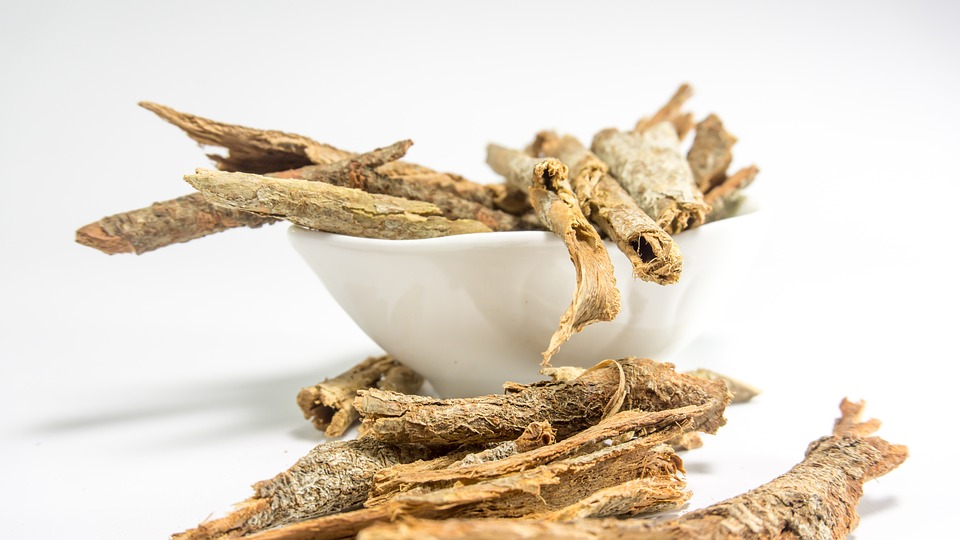Suggest eating sea vegetables to many people and the typical response is “You want me to eat seaweed!? Yuck!” However, sea vegetables (also known as ocean vegetables) are highly nutritious foods that are a dietary staple to coastal cultures in many parts of the world including Asia, Canada, the British Isles, Iceland, the Pacific Islands, South America, and New Zealand.
Sea vegetables contain vitamins (including vitamins A, C, and the entire B-complex), fiber, digestive enzymes, and protein (most varieties contain 13 to 65 percent protein). They are also rich sources of easily assimilated minerals such as calcium, iodine, iron, magnesium, sodium, and potassium, as well as trace minerals like selenium and chromium. For many of us, trace minerals are lacking in our diets since the soils in which most of our foods are grown are often deficient in minerals. As an added bonus, sea vegetables are low in calories and virtually fat-free.
Sea vegetables are available in the dehydrated (dried) form in most natural food stores. They will keep indefinitely if stored in airtight containers in a dark, cool place such as a kitchen cupboard. Prior to using them, sea vegetables should be rinsed in cold water and then soaked according to package directions—different varieties require different lengths of soaking times. Once soaked, they can be cooked (if needed) and added to a variety of dishes such as soups, stews, salads, casseroles, bean dishes, grain dishes, vegetable dishes, baked goods, sandwiches, etc. Sea vegetables can also be dry-roasted in a skillet for five to ten minutes after they’ve been soaked; they can then be crushed and added to the aforementioned dishes. Nori sheets and dulse are two exceptions to the soaking rule–they can be eaten straight from the package.
Some of the more common varieties of sea vegetables include:
- Agar (also known as agar-agar) is usually sold in flakes or powder form and has very little flavour. It is a natural vegetarian gelatin that can be used for making jams, jellies, and aspics and also as a thickener for soups and sauces.
- Arame is a brown algae or kelp that has a mild, semi-sweet flavour. It is rich in iodine, iron, and calcium. Soak arame for at least five minutes before cooking; it doubles in volume when it’s cooked. After soaking it, you can chop it and cook it with soups, stews, grains, breads, and vegetables, add it to salads, or dry-roast it and sprinkle it on soups, casseroles, stews, vegetables, beans, etc.
- Dulse is reddish in colour and has a salty flavour. It can be eaten straight from the package or it can be served in soups, salads, stews, casseroles, stir-fries, sandwiches, or as a side dish. Dulse tastes good as is or fried and eaten as a snack.
- Kelp is the largest variety of sea vegetable. It is high in iodine and is light brown to dark green in colour. Kelp can be added to soups, stews, stir-fries, and bean and grain dishes. It helps make beans more digestible.
- Kombu is a member of the kelp family and has a mild flavor. It is a food tenderizer and flavour enhancer. Kombu can be used to make soup stock and to flavour stews and rice. Like kelp, when it’s added to beans during cooking, it makes them more digestible.
- Nori is most commonly available as paper-thin sheets and is used in Japanese restaurants for making sushi. It is deep purple in colour and turns green when toasted. Nori is high in protein content and vitamin A. It can be eaten as a snack right from the package, dry-roasted and then crumbled and added to soups, salads, or grain dishes, or filled with grains, vegetables, and/or protein foods and rolled up like a wrap.
- Wakame is black or dark green with a mild flavour. It is rich in calcium, niacin, and thiamine. After soaking wakame, the tough midrib should be removed and then it can be chopped and added to soups, salads, stews, grain or bean dishes, sandwiches, or miso soup. Wakame expands quite a bit when cooked so it should be cut into small pieces.
These are just a few examples of the varieties of sea vegetables available and the ways in which you can use them. Try adding these highly nutritious foods to your diet. See this month’s recipe, Ginger Chicken Wakame Soup, for an idea on how to use the sea vegetable wakame. For additional recipes you can do a search on the Internet for sea vegetables.



